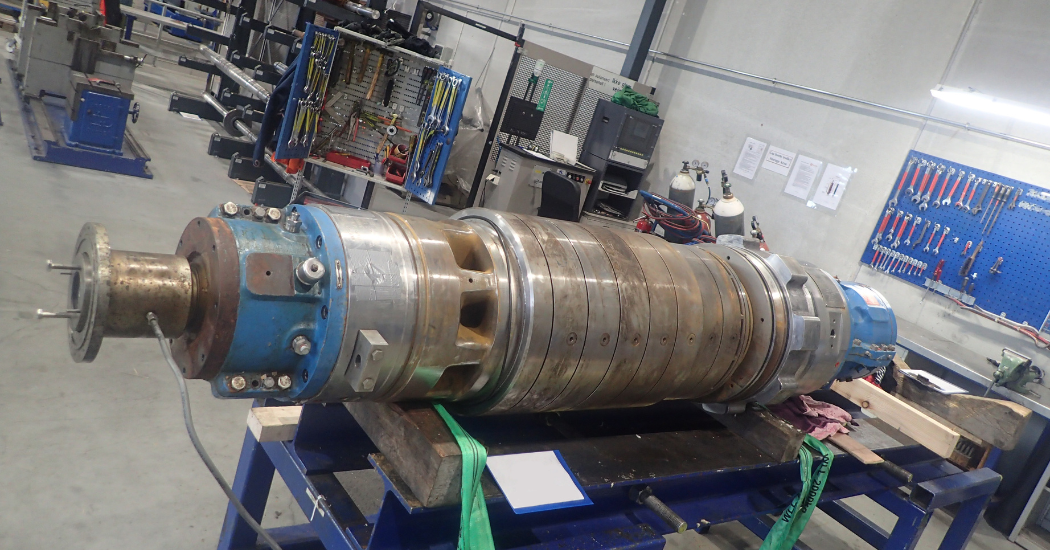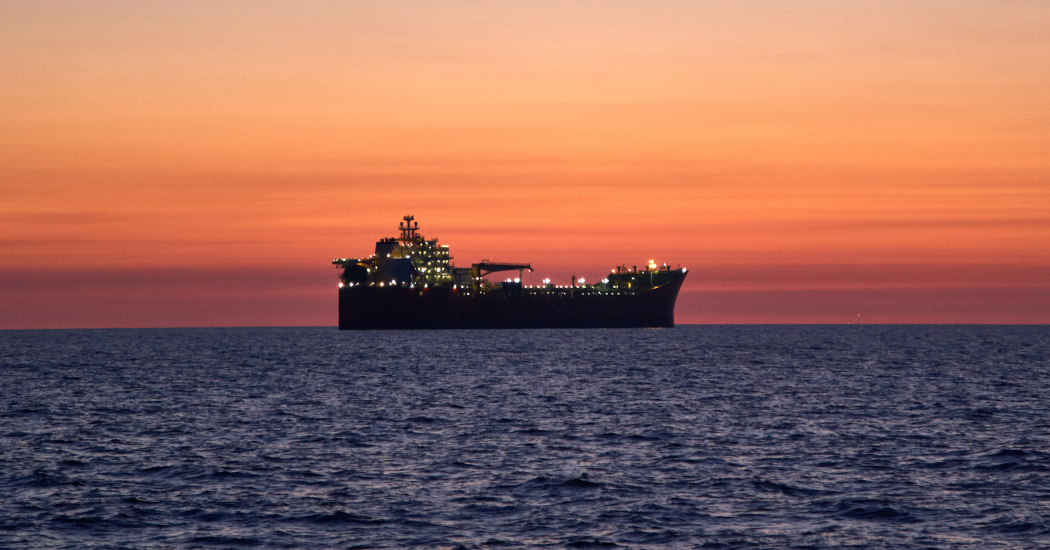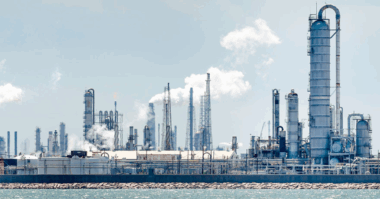Floating production storage and offloading (FPSO) vessels are used for processing oil and transferring it to tankers or pipelines. Positioned close to an oilfield, they remain there until the field is exhausted. Originally designed with a service life of over 20 years, FPSOs represent a huge investment for international oil companies (IOCs) and to maximize their potential, they are refitted and relocated once a project is completed.
With sustainability paramount for modern industry, refurbishment projects support corporate goals by enabling the reuse of components, rather than installing all-new equipment, which requires more resources and investment.
Comparing costs
Research carried out by a major IOC compared the investment value for new equipment with the final value of the project, and found that for offshore locations, project costs were five to seven times the investment. Therefore, the final cost of installing a new USD 5 million pump on an FPSO could be between USD 25 and 35 million.
In contrast, retrofitting existing equipment would equate to approximately 60% of the new pump price. Considering that it will be reinstalled without further modifications, there are no additional costs. Comparing total project costs makes the retrofit investment just 10% of the whole project to install a new pump in an offshore situation.
Extending equipment life while realizing carbon reductions
Relocation projects begin with establishing a scope of works for vessel upgrades. Improvements can be achieved via new equipment or modifying existing assets. However, every solution must be capable of delivering a service life dictated by the contract – typically 20-25 years.
Central to an FPSO are the water injection pumps which pressurize the well and maximize its productivity. It’s imperative that all pumps and auxiliary equipment are refurbished to the highest standard.
Sulzer research has shown that within the upstream business, production platforms account for 82% of CO2 emissions and of these, water injection pumps are responsible for 50% of the power requirement. Therefore, optimizing equipment for the new application and upgrading pump efficiency can significantly impact carbon footprint and operational costs.

Retrofits offer significant benefits compared to procuring replacement pumps. The most obvious is the financial saving – approximately 10% of the cost of a new pump.
Mini case study: Lead by example
In one project, an FPSO is being prepared for relocation to the North Sea. When the vessel was built, Sulzer supplied three water injection pump packages: 8-stage pumps designed to deliver 3’500 m head with a flow rate of 350 m3/hr using a 4.5 MW motor.
Before relocation, the vessel must undergo a refit. For example, an additional 20 m of height will be added to the bow to handle waves in the North Sea. All work will be carried out in a dry dock and as the original equipment manufacturer (OEM) of the pumps, and a leading retrofit expert, Sulzer is contracted to deliver the modifications.
Retrofits offer significant benefits over pump replacement. Financial savings equate to approximately 10% of the cost of a new pump. However, money isn’t everything, time is often the priority. With its global engineering facilities, Sulzer delivers a pump retrofit in around six weeks.
Double duty
Equally important are pump efficiency and reliability. To attain optimum application performance, pumps need fine-tuning. In this case, two duty points were required – flows between 330 m3/hr and 387 m3/hr with a differential head of 1750 m as well as a low flow, high pressure point of 104 m3/hr at 1960 m head.
To achieve the best solution, Sulzer proposed a pump de-staging, removing four of the eight stages. Super Duplex stainless steel de-staging tubes will guide the flow between the remaining impellers, preventing turbulence and maintaining efficiency.
The reduction in output also equates to lower power input. Here, the original fixed-speed, 11 kV, 5.5 MW motor could be replaced with a 3 kV, 3.5 MW unit controlled via a variable speed drive. Power will be reduced from 4.5 MW to 1.8 – 2.0 MW, depending on operating conditions, while motor efficiency will increase from 96.4% to 96.9%, providing considerable energy savings. This reduces carbon footprint, important when governments are imposing environmental taxes based on carbon emissions.
Measure twice, fit once
The reduction in motor power and discharge head enabled many original components to be retained, but a new lateral analysis of the de-staged unit was conducted, confirming the pump rotor stability throughout the operating speed range.
Due to the reduced speed of the new electric motor, the lube oil system output had to increase. A modification of the lube oil pump increased output by 30%, satisfying the demand of the pump, gearbox and motor.
Pipework also needs to be approached carefully to avoid costly reworks on site. This can be achieved cost-effectively by using pipework with ‘green ends’ allowing it to be cut and welded in position on site, achieving a perfect fit. An alternative is to deliver the pipe and fittings to all the pipework to be fabricated on site.
Taking advantage of retrofit
Using updated equipment that fits back into the original footprint and performs at the best efficiency point has clear benefits.
In many cases, time is of the essence and with refits being completed in dry docks, it’s important to minimize the project time. A well-planned retrofit project can be completed within six weeks and minimizes changes to surrounding pipework and infrastructure.
There are also environmental advantages. Retaining most of the components means the original asset isn’t disposed of, producing less waste. In the previous case study, the electrical motor was the only major item that wasn’t reused and instead recycled. Moreover, retrofits require much less energy and materials, maximizing sustainability and contributing to environmental, social and corporate governance (ESG) goals.
Sulzer is an expert provider of retrofit projects for pumps from any manufacturer. The retrofit team comprises around 60 personnel with access to all of Sulzer’s design engineering and manufacturing facilities. Combined with its extensive network of service centers, retrofit projects can be delivered worldwide. Working as an engineering partner, Sulzer helps IOCs to optimize performance and reduce CO2 emissions with targeted pump upgrades.
About Sulzer:
Sulzer is a global leader in fluid engineering and chemical processing applications. We specialize in energy-efficient pumping, agitation, mixing, separation, purification, crystallization and polymerization technologies for fluids of all types. Our solutions enable carbon emission reductions, development of polymers from biological sources, recycling of plastic waste and textiles, and efficient power storage. Our customers benefit from our commitment to innovation, performance and quality through our responsive network of 180 world-class manufacturing facilities and service centers across the globe. Sulzer has been headquartered in Winterthur, Switzerland, since 1834. In 2022, our 12’900 employees delivered revenues of CHF 3.2 billion. Our shares are traded on the SIX Swiss Exchange (SIX: SUN). www.sulzer.com




